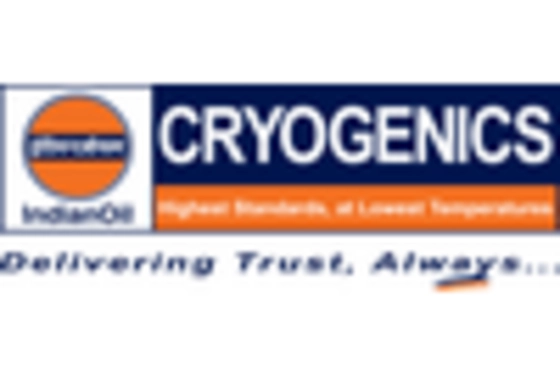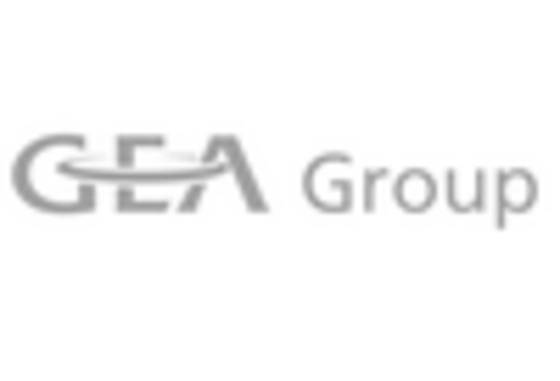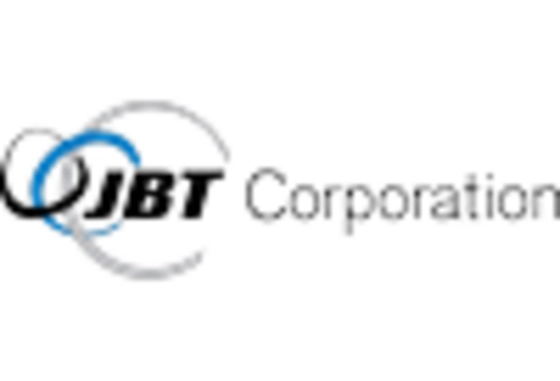The Spiral Freezer Market is currently characterized by a dynamic competitive landscape, driven by increasing demand for efficient freezing solutions across various sectors, including food processing and pharmaceuticals. Key players such as Marel (IS), GEA Group (DE), and JBT Corporation (US) are strategically positioned to leverage innovation and technological advancements. Marel (IS) focuses on enhancing automation in food processing, which aligns with the growing trend towards operational efficiency. Meanwhile, GEA Group (DE) emphasizes sustainability in its product offerings, aiming to reduce energy consumption and environmental impact. JBT Corporation (US) is actively pursuing regional expansion, particularly in emerging markets, to capitalize on the rising demand for frozen food products. Collectively, these strategies contribute to a competitive environment that is increasingly focused on innovation and sustainability.
In terms of business tactics, companies are localizing manufacturing to reduce lead times and optimize supply chains. The Spiral Freezer Market appears to be moderately fragmented, with several key players exerting influence while also facing competition from smaller, specialized firms. This structure allows for a diverse range of products and solutions, catering to various customer needs and preferences.
In August 2025, JBT Corporation (US) announced the opening of a new manufacturing facility in Southeast Asia, aimed at enhancing its production capabilities and reducing delivery times for its spiral freezers. This strategic move is likely to strengthen JBT's market position in the region, enabling it to better serve local customers and respond to the growing demand for frozen food solutions. The facility is expected to incorporate advanced manufacturing technologies, further aligning with the company's focus on innovation.
In July 2025, GEA Group (DE) launched a new line of energy-efficient spiral freezers designed to minimize energy consumption while maximizing output. This initiative reflects GEA's commitment to sustainability and positions the company as a leader in environmentally friendly freezing solutions. The introduction of these products is anticipated to attract environmentally conscious customers and enhance GEA's competitive edge in the market.
In September 2025, Marel (IS) entered into a strategic partnership with a leading technology firm to integrate AI-driven analytics into its spiral freezer systems. This collaboration aims to enhance operational efficiency and predictive maintenance capabilities, allowing customers to optimize their freezing processes. The integration of AI technology is expected to set Marel apart from competitors, as it aligns with the increasing demand for smart manufacturing solutions.
As of October 2025, the Spiral Freezer Market is witnessing trends such as digitalization, sustainability, and AI integration, which are reshaping competitive dynamics. Strategic alliances are becoming increasingly important, as companies seek to enhance their technological capabilities and market reach. Looking ahead, competitive differentiation is likely to evolve from traditional price-based competition towards a focus on innovation, technology integration, and supply chain reliability, reflecting the changing priorities of customers in the industry.


















Leave a Comment